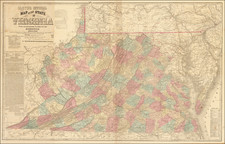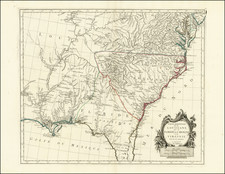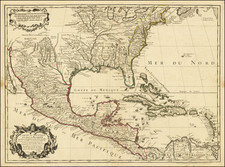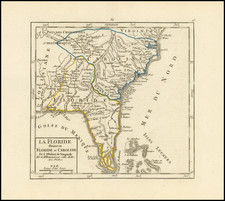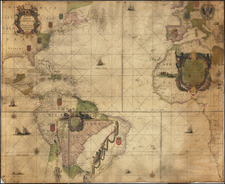Fascinating, highly detailed set of six maps, issued for the Atlas To Accompany The Official Records of the Union and Confederate Armies including:
- Fredericksburg, Prepared by Bvt. Brig. Gen. N. Michler, Major of Engineers
- Map Exhibiting the Route of the Sioux Expedition, under the Command of Brig. Gen. H.H. Sibley, 1863
- Map of the Fight of the 14th. A.C. at Buzzard Roost, GA. February 24th, 25th. and 26th. 1864, by Theo. Wiseman, A.A. (includes troop positions, lines, encampments, etc.)
- Sketch of the Battle of Big Mound Fought July 24th. 1863, by the Expeditionary Forces Commanded by Brigadier General H.H. Sibley (with routes of the Army and Sioux, schools, cavalry positions, camps, Camp Sibley, and the lines of attack and retreat)
- Sketch of the Battle at Dead Buffalo Lake July 26th. 1863, Commanded by Brig. Gen. H.H. Sibley (including a plan of Camp Pfaender, cavalry positions, batteries, and the assault lines of the Sioux)
- Map accompanying report of the Battle of Dry Fort Creek, MO. on the 5th of July, 1861. (showing roads, the battlegrounds, Dry Fork post office, schools, mills, etc.).
Atlas to Accompany the Official Records of the Union and Confederate Armies 1861-1865
The Atlas to Accompany the Official Records of the Union and Confederate Armies 1861-1865, published by the U.S. War Department, is a monumental cartographic record of the American Civil War, underscoring the strategic intricacies and operational complexities of the conflict. Lithographed by the renowned Julius Bien & Co. in New York between 1891 and 1895, this government publication provides an unparalleled visual companion to one of the most defining chapters in American history.
The end of the 19th century saw a renewed interest in documenting and understanding the Civil War, particularly from a military perspective. As veterans aged and the collective memory of the war began to fade, there was an emergent desire to preserve its history for future generations. It is within this context that the War Department undertook the massive project of compiling official records and accompanying them with detailed, accurate maps.
The atlas consists of 175 double-page sheets, predominantly focusing on battle plans and troop movements. The meticulous detailing in each plate gives insight into the tactical decisions and military maneuvers executed by both Union and Confederate forces. The sheer breadth of maps, covering numerous battles and campaigns, enables a comprehensive understanding of the war's geographical scope and the dynamic fluidity of frontlines over its duration.
Complementing these strategic visualizations, the atlas also includes a few sheets dedicated to the material culture of the war. Illustrations of uniforms, weapons, and flags not only provide a visual archive of the conflict's material aspects but also shed light on the distinct identities, technological advancements, and symbolic representations of both warring sides.
An outstanding feature of this atlas is its reliance on original sources from the period of the Civil War. Many of its plates are based on primary printed and manuscript maps produced during the conflict, ensuring an authenticity in representation. These original documents would have been created by military engineers, topographers, and cartographers who were directly involved in the planning and execution of campaigns. Their firsthand experience and immediate documentation provide a level of precision that later reconstructions might lack.
In summary, the Atlas to Accompany the Official Records of the Union and Confederate Armies 1861-1865 stands as a testament to the War Department's commitment to documenting the Civil War with unparalleled precision and detail. It not only serves as an indispensable resource for historians and military enthusiasts but also as a tribute to the countless soldiers who participated in this defining conflict. The combination of strategic maps with visual elements of material culture provides a holistic understanding of the war, capturing both its grand strategies and the personal experiences of those who fought in it.










